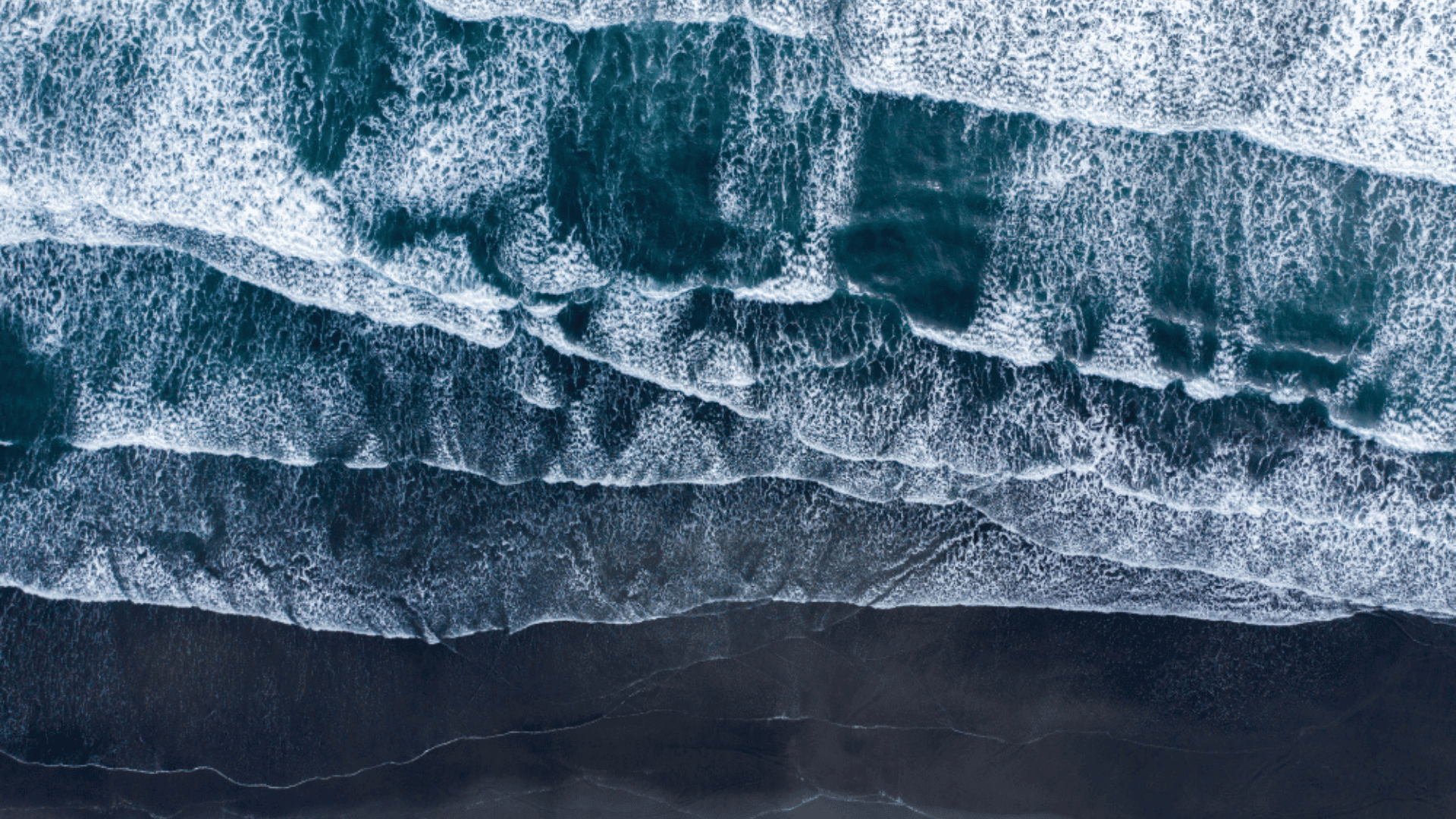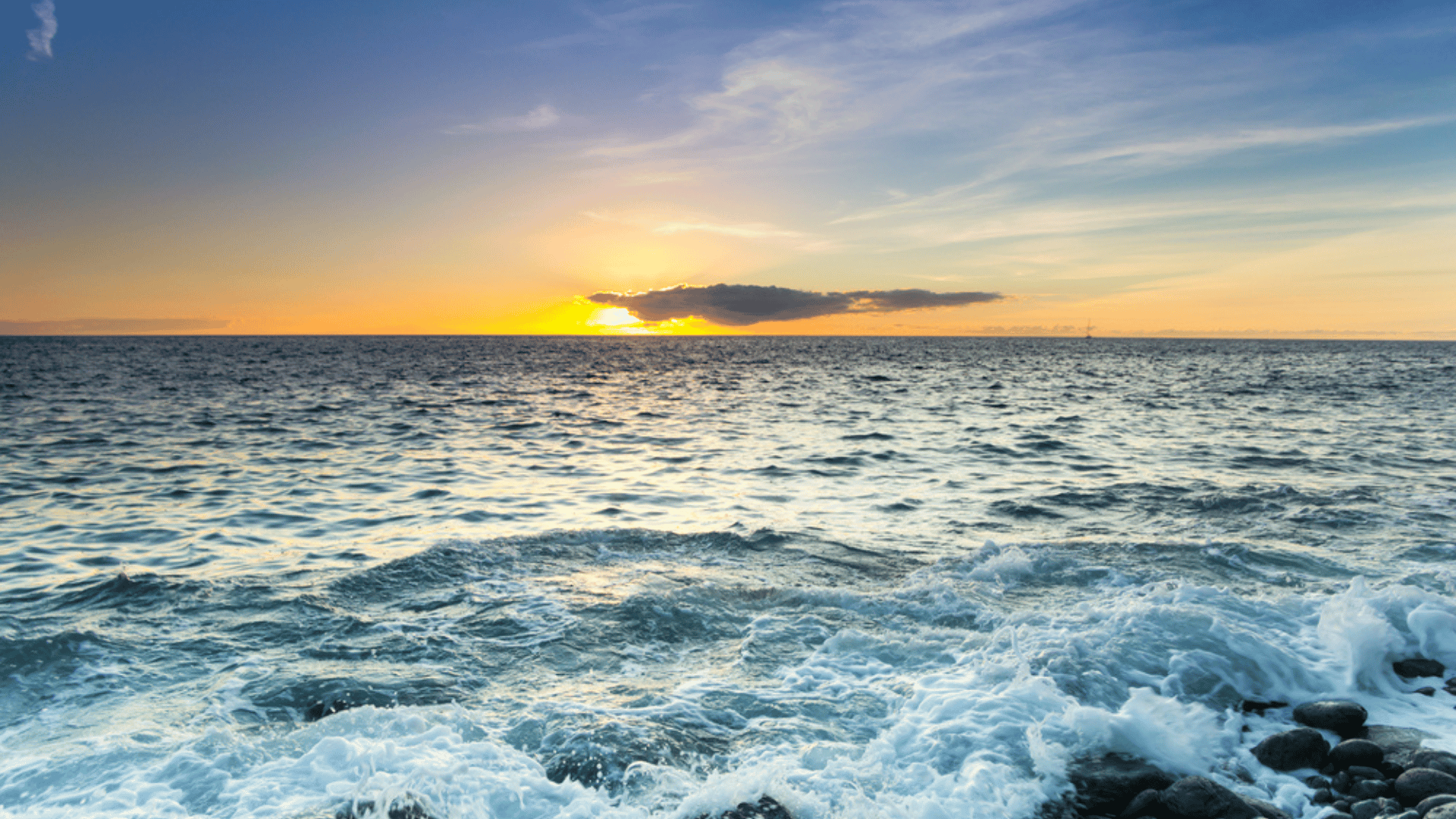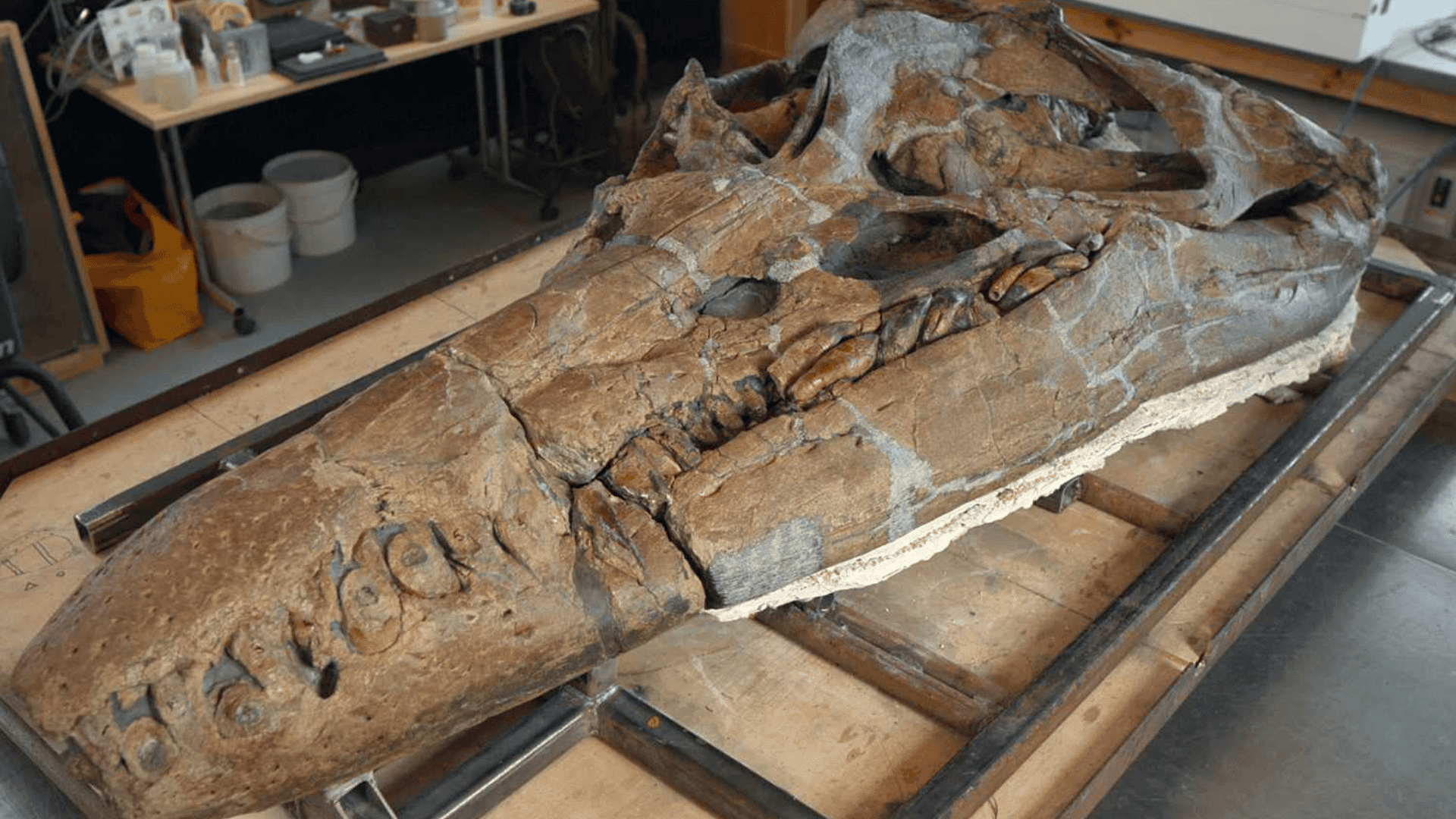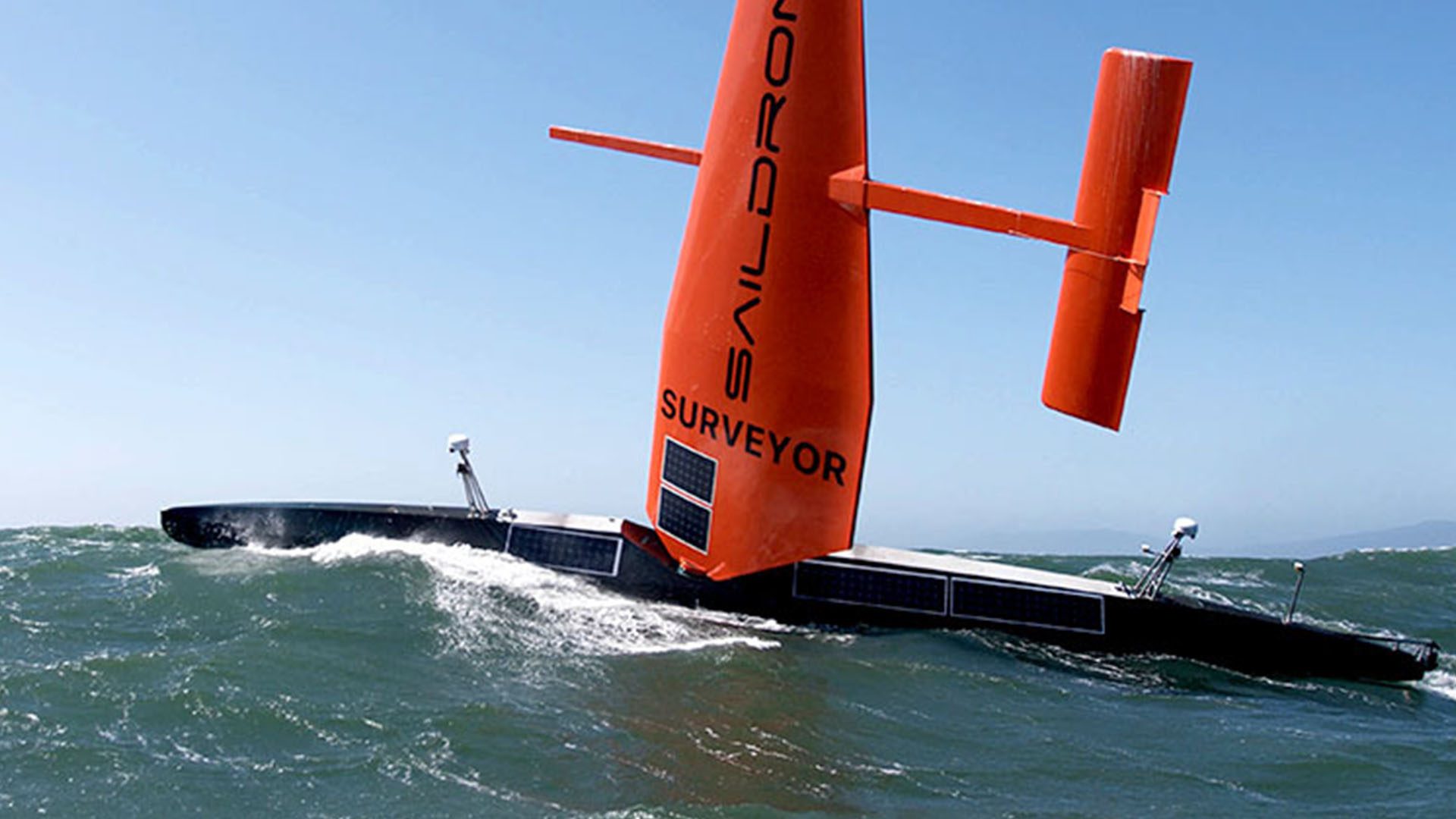A new study by The Shirshov Institute of Oceanology used data available through the international Argo program to discover a hidden blob of water known as the Atlantic Equatorial Water (AEW). Understanding this water mass may help scientists gain new insights regarding how oceans transfer heat and nutrients across the world.

“Equatorial waters” are masses of ocean that separate waters north and south of the equator in the Pacific and Indian oceans. A similar blob of water or aquatic mass in the Atlantic, however, has remained hidden.
Oceans contain a mixture of roiling layers and masses connected and split apart by various temperature changes, salinity variations, and currents. One of these sections of the ocean is known as equatorial water, which forms along the equator and separates bodies into its north and south.
Scientists have known about equatorial waters in both the Pacific and Indian oceans for decades as they were detected through a collection of temperature and salinity data. A similar section of water in the Atlantic hadn’t been discovered, however, which puzzled oceanologists as that seemed to suggest the other equatorial oceans somehow behaved differently than the Atlantic.

Finally, scientists from The Shirshov Institute of Oceanology in Moscow say they’ve found the Atlantic Equatorial Water (AEW) by combing over data provided by Argo, an international program that gathers ocean data using robotic platforms.
“In 1998 the Argo program was launched, [which] collects information from inside the ocean using a fleet of robotic instruments that drift with the ocean currents and move up and down between the surface and a mid-water level. Re-examination of water masses using previously unavailable high-quality large volume Argo data allowed us to distinguish a formerly unnoticed water mass in the main thermocline [transition layer between warm surface water and cooler deep water] of the Equatorial Atlantic and thereby complete the phenomenological pattern of basic water masses of the World Ocean.” stated the paper published in Geophysical Research Letters.
According to Viktor Zhurbas, oceanologist at The Shirshov Institute of Oceanology in Moscow and study co-author, the team focused on the temperature and salinity profiles and refined a “detailed volumetric temperature-salinity diagram” of the upper 2,000 meters of the Atlantic Ocean.
This process allowed them to discover the hidden AEW, which separates the North and South Atlantic roughly along the equator. These water masses can act as reservoirs of salt, heat, and dissolved gasses, all of which reflect climate variability. Studying the AEW, therefore, could help scientists grasp how the mixing process transfers oxygen and heat around the globe.







